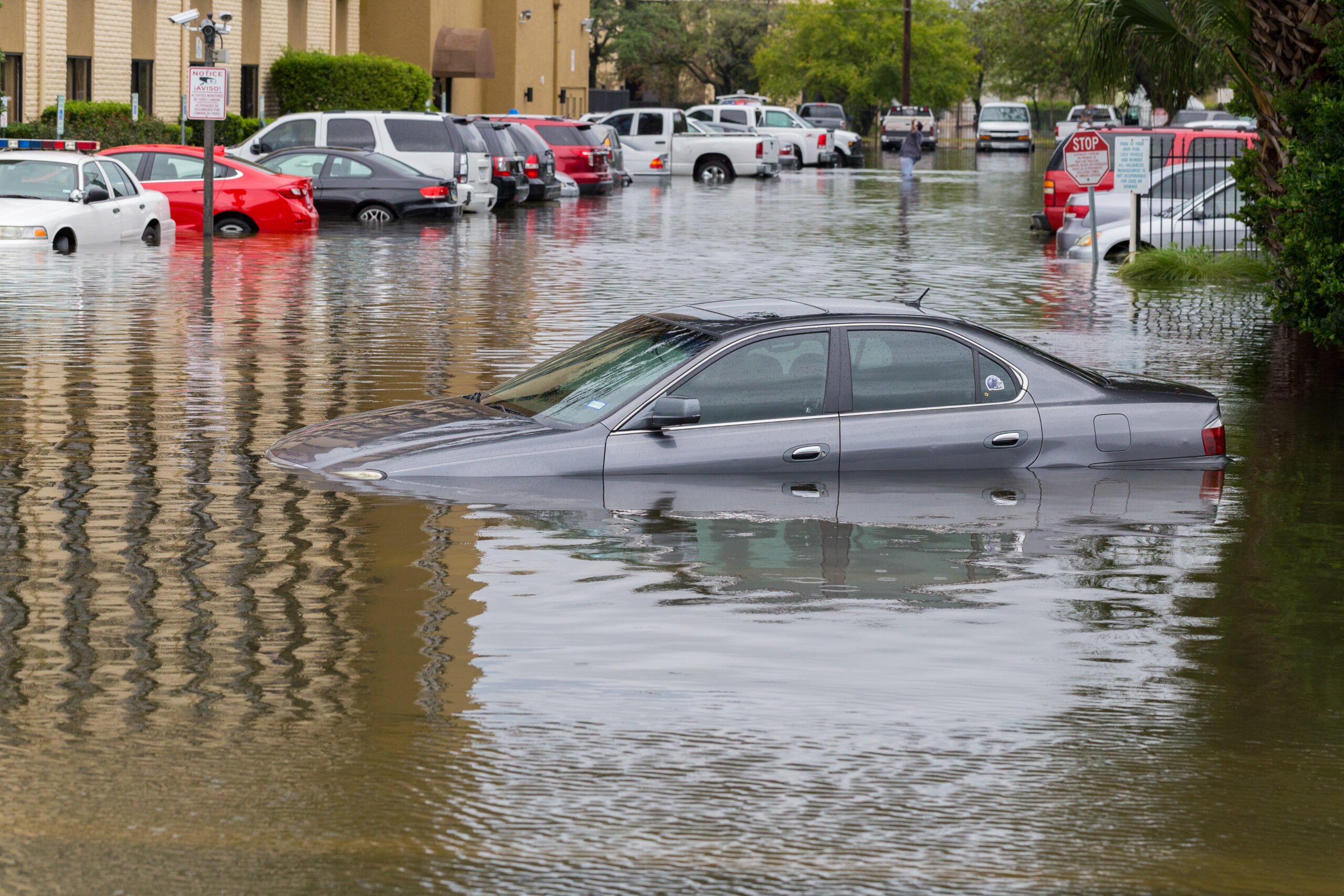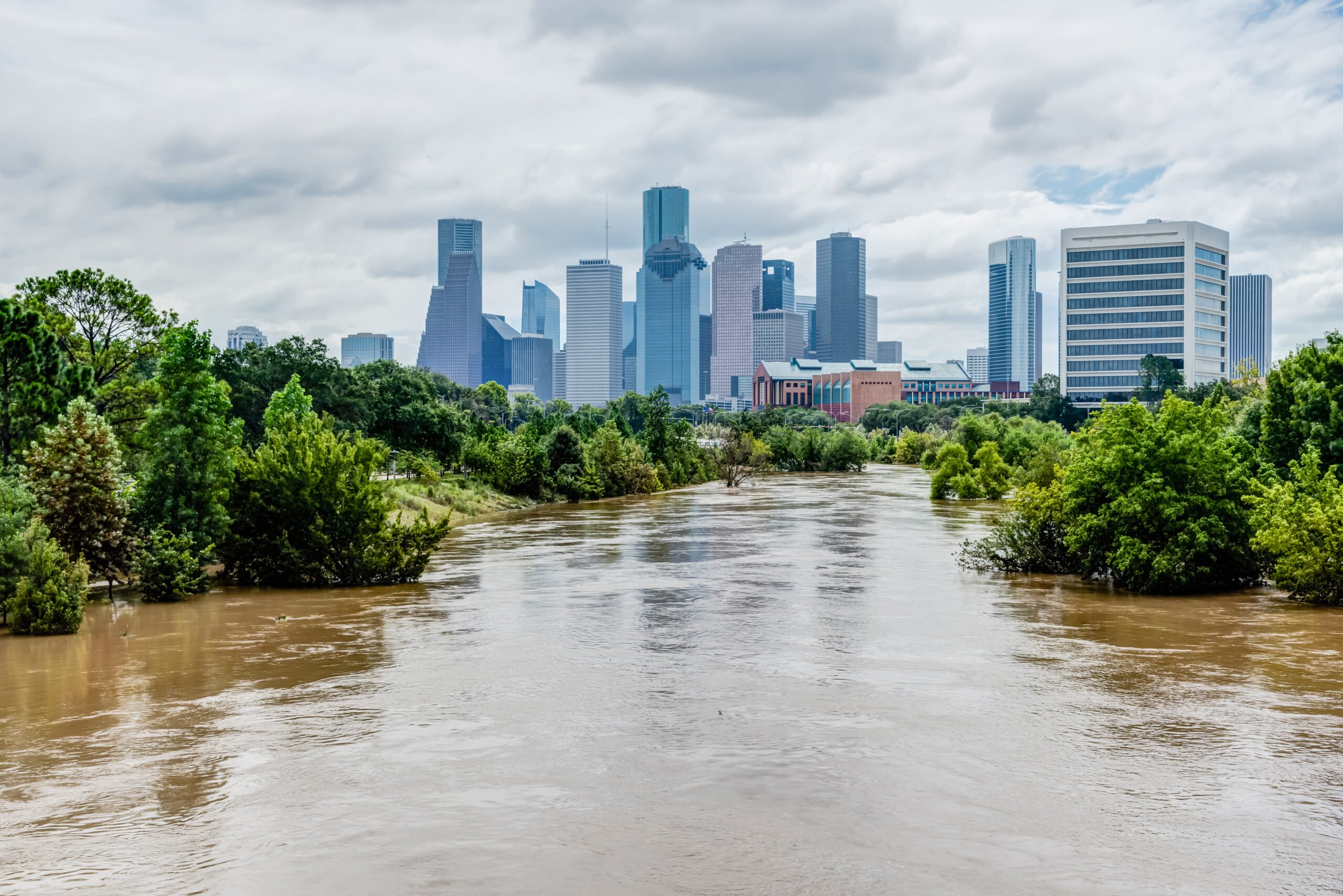Australia’s Extreme Weather Costing $1.8 Billion in Insured Losses

This article was originally published by The Epoch Times: Australia’s Extreme Weather Costing $1.8 Billion in Insured Losses
Australia’s extreme weather events have caused more than $1.8 billion (US$1.2 billion) in insured losses in the first half of 2025, new figures from the Insurance Council of Australia (ICA) show.
The costliest event so far has been ex-Tropical Cyclone Alfred, with over 125,000 claims lodged and insured losses exceeding $1.36 billion.
The cyclone, which struck in March, also caused an estimated $1.2 billion economic hit, expected to shave a quarter of a percentage point off the nation’s quarterly GDP.
According to the treasurer, around 12 million work hours were lost due to business shutdowns caused by the storm.
The Mid-North Coast and Hunter floods in New South Wales (NSW) have triggered nearly 11,500 claims, with total losses now approaching $200 million.
In February, North Queensland was hit by a separate flood event that resulted in over $274 million in claims across more than 11,000 cases.
Recovery Support Ramps Up in Affected Areas
In the wake of these disasters, insurers and the ICA have held a series of customer engagement sessions in towns like Cardwell, Ingham, and Hervey Bay.
Insurance Hubs were also set up in key areas, including Townsville, Taree, and Port Macquarie, to assist policyholders directly.
“While this damage bill isn’t as severe as first expected, we acknowledge that for many communities, recovery is still very much ongoing and there is still a long road ahead,” said Liam Walter, ICA’s director of mitigation and extreme weather response.
Insurers have also maintained a presence at recovery centres in Queensland and NSW to assist with claims processing. More insurer visits and consultations are planned for the months ahead.
NSW Floods Turn Deadly, Thousands Affected
In May, severe flooding caused by a slow-moving low-pressure system left about 50,000 people isolated in NSW.
Four people lost their lives, and several went missing. Authorities said the downpour, now officially a natural disaster, brought rainfall levels greater than anything in living memory for some regions.
“Tragically, we’re seeing more extreme weather events,” said Prime Minister Anthony Albanese during a visit to affected communities. “They’re occurring more frequently and they’re more intense.”
Currently, NSW is bracing for damaging winds as the “bomb cyclone” continues to unleash wild weather, leaving tens of thousands without power.
Conditions are expected to ease by July 3, but severe wind warnings remain for parts of the Northern Tablelands, Mid North Coast hinterland, and Border Ranges, with gusts reaching up to 100 km/h.
Areas across NSW have been drenched with rain, with some towns receiving up to 200 millimetres of rain on July 1.
If you found this article interesting, please consider supporting traditional journalism
Our first edition was published 25 years ago from a basement in Atlanta. Today, The Epoch Times brings fact-based, award-winning journalism to millions of Americans.
Our journalists have been threatened, arrested, and assaulted, but our commitment to independent journalism has never wavered. This year marks our 25th year of independent reporting, free from corporate and political influence.
That’s why you’re invited to a limited-time introductory offer — just $1 per week — so you can join millions already celebrating independent news.
Source link






